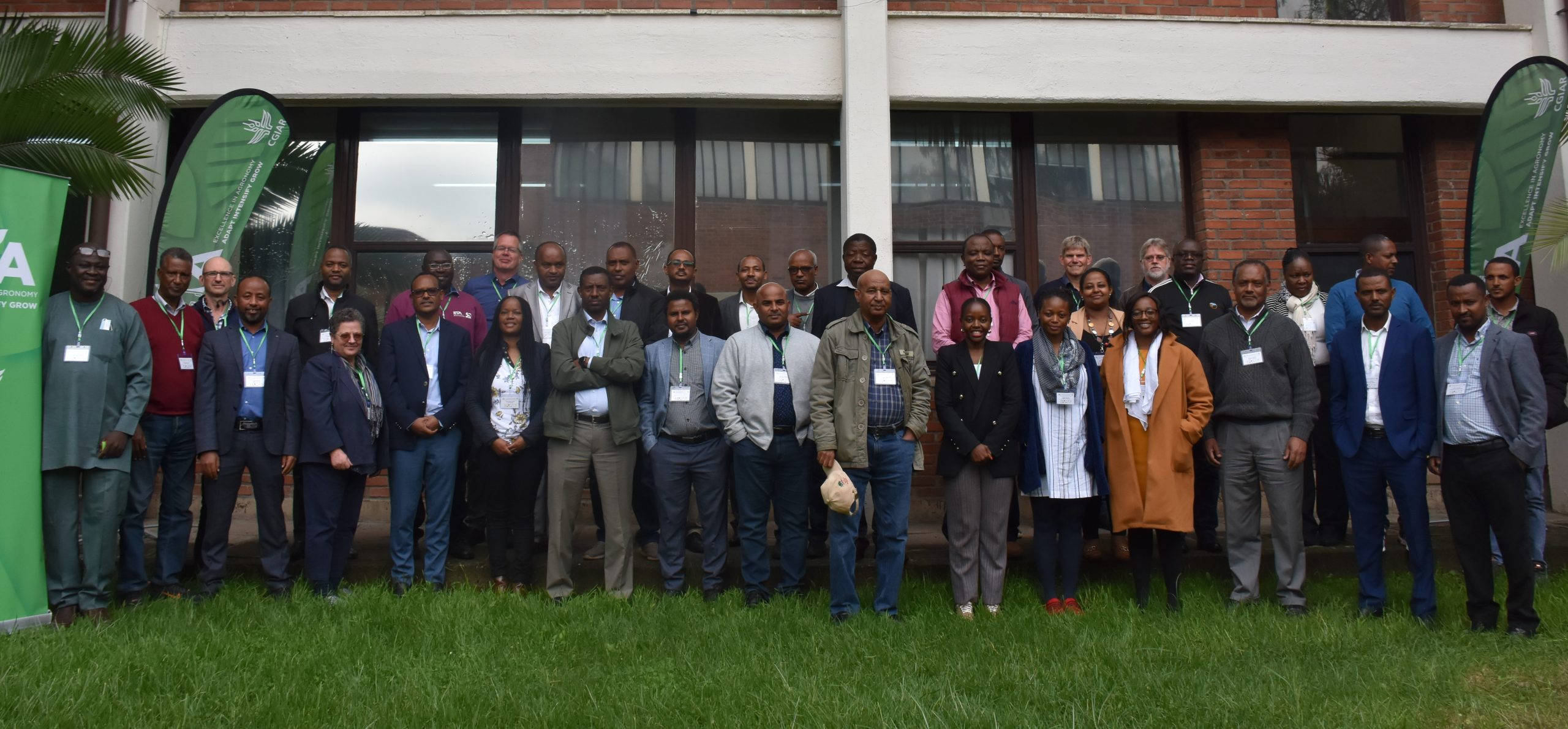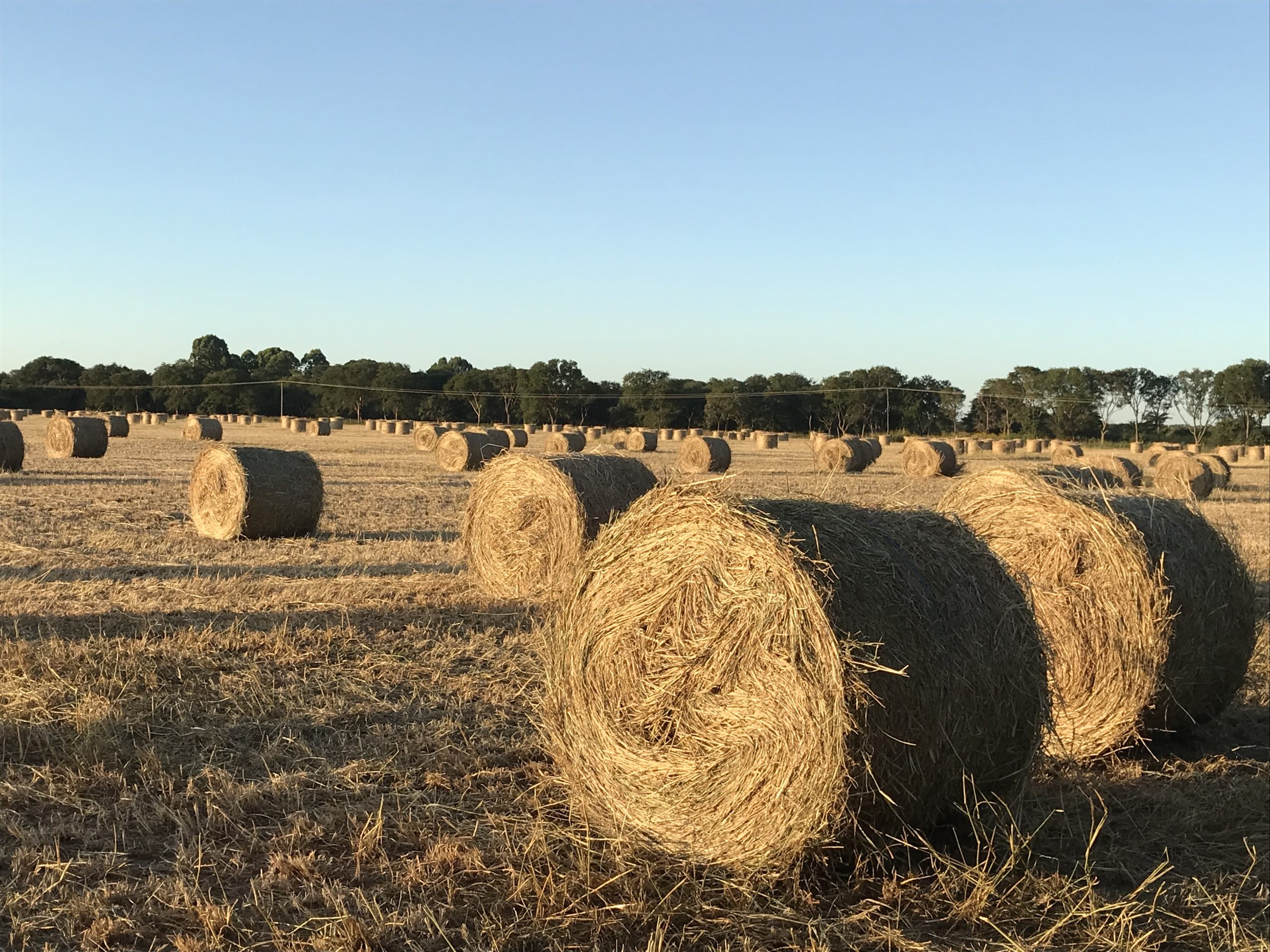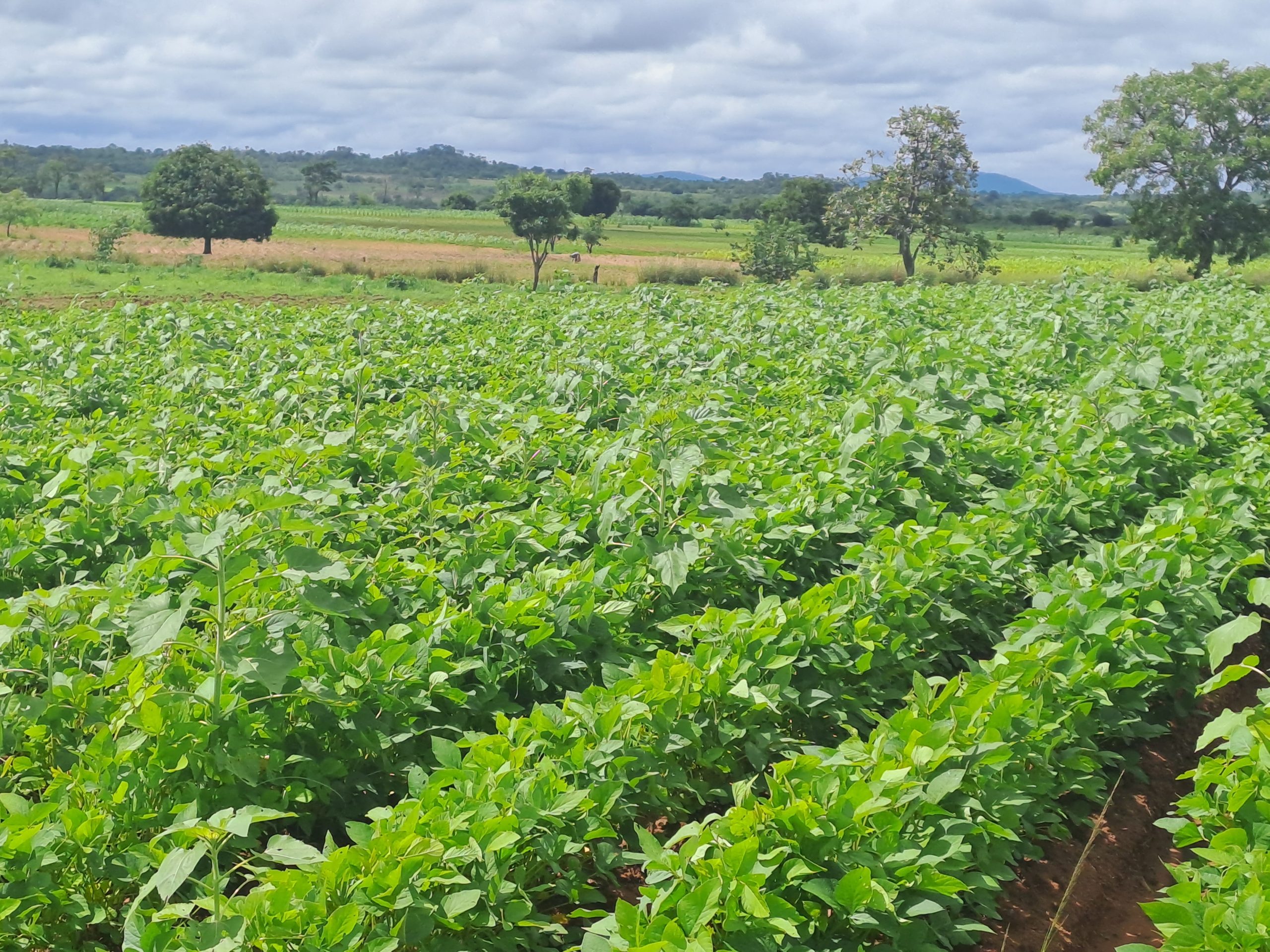
Soybeans are a significant source of oil and protein, and soybean demand has been increasing over the last decade in Malawi and Zambia. Soybean contributes to human nutrition, is used in producing animal feed, and fetches a higher price per unit than maize, thus serving as a cash crop for smallholder farmers. These are among the main factors contributing to the growing adoption of soybean among smallholder producers. In addition, soybean is a vital soil-fertility improvement crop used in crop rotations because of its ability to fix atmospheric nitrogen. To a large extent, soybean demand outweighs supply, with the deficit covered by imports.
Soybean production in sub-Saharan Africa is expected to grow by over 2% per annum to meet the increasing demand. However, as production increases, significant challenges caused by diseases, pests, declining soil fertility, and other abiotic factors remain. According to official government statistics, Zambia produces about 450,000 tonnes of soybean per annum, with an estimated annual growth of 14%. According to FAOSTAT, this makes Zambia the second largest soybean producer in the southern African region. Although soybean was traditionally grown by large commercial farmers in Zambia, smallholders now account for over 60% of the total annual soybean production.
Production trends show that smallholder soybean production increased rapidly in the 2015–2016 season, a period that coincided with increased demand from local processing facilities. As smallholder production continued to increase, in 2020, total output by smallholder farmers outpaced that of large-scale farmers for the first time and has remained dominant over the last two seasons (Fig 1). However, soybean yields among smallholder farmers have remained low at around 1 MT/HA.
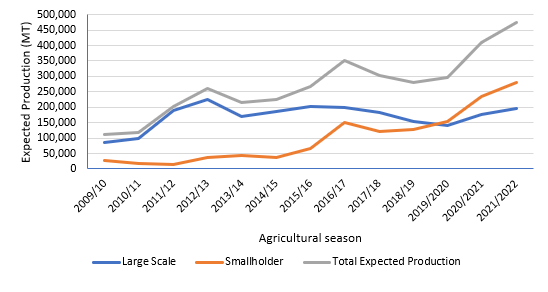
Soybean production in the region is threatened by soybean rust caused by the fungus Phakopsora pachyrhizi. The rust became prevalent in Africa in 1996; it was first confirmed in Uganda on experimental plots and subsequently on farmers’ fields throughout the country. Monitoring efforts in the U.S. have saved the soybean industry millions of dollars in fungicide costs due to the availability of accurate disease forecasting based on pathogen surveillance and environmental data.
Soybean rust disease is spread rapidly and easily by wind, and most available varieties grown by farmers are susceptible. The above-normal rainfall during the 2022–2023 season was conducive to the spread of the fungus. A recent survey of over 1,000 farm households shows that 55% and 39% of farmers in Zambia and Malawi, respectively, were affected by soybean rust during the 2022–2023 season. The lack of rust-tolerant varieties makes production expensive for smallholder farmers who cannot afford to purchase fungicides to control the pathogens. It is estimated that soybean rust can cause large yield losses of up to 90%, depending on crop stage and disease severity. Symptoms due to soybean rust infection may be observed at any developmental stage of the plant, but losses are mostly associated with infection from the flowering stage to the pod-filling stage.
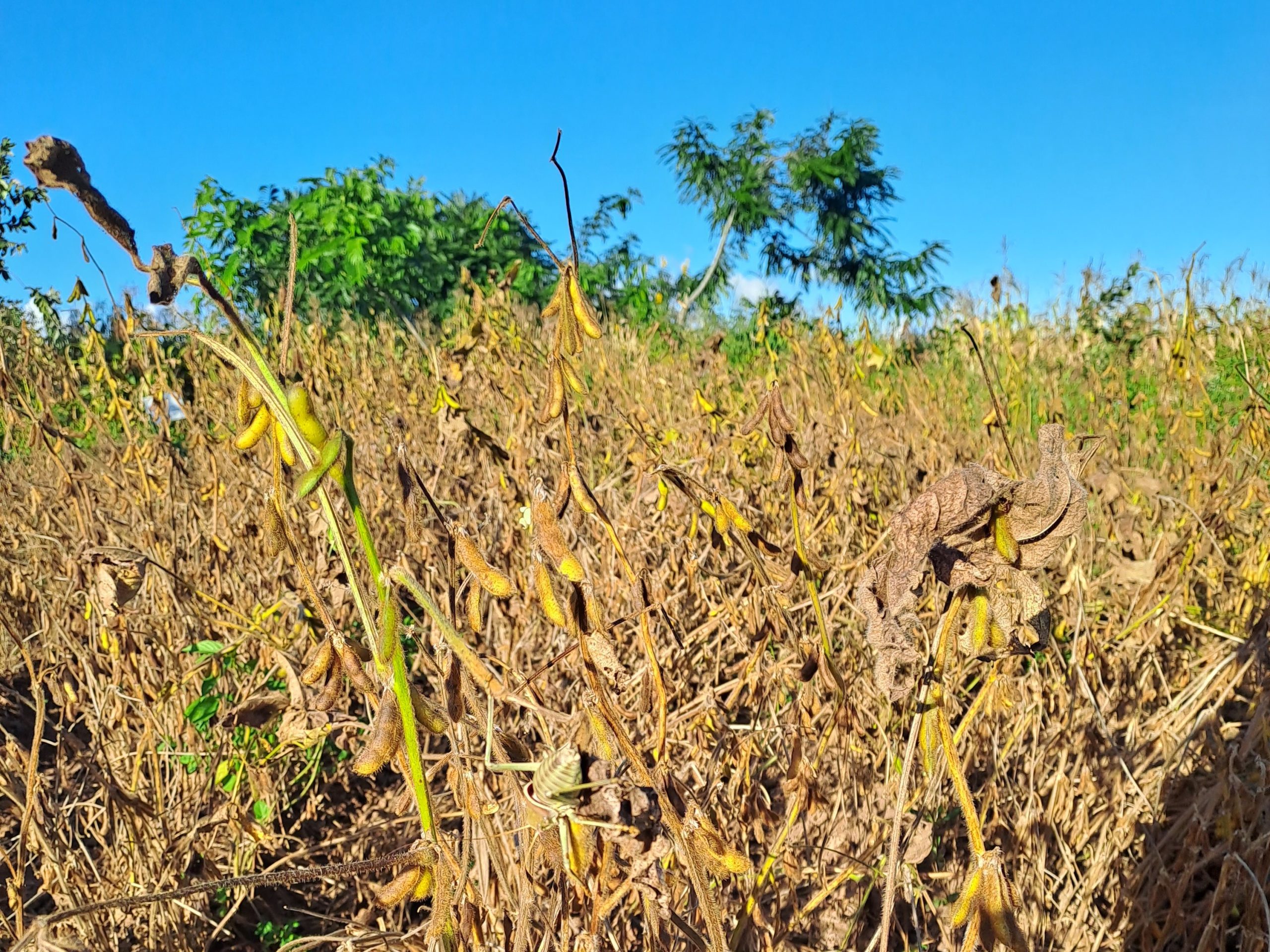
Mitigation measures using resistant or tolerant varieties have been challenging because the fungus mutates very rapidly, creating genetic variability. Although a variety of fungicides effective against soybean rust are available, the use of such fungicides is limited due to the high cost of the product and its application, as well as to environmental concerns. Due to this restricted use of fungicide, an early monitoring system for detecting rust threats for steering fungicide might only be relevant for large-scale producers in eastern and southern Africa. With the massive increase in the area under soybean production, soybean rust is an important disease that cannot be ignored. Host-plant resistance provides a cheaper, more environmentally friendly, and much more sustainable approach for managing soybean rust in smallholder agriculture that characterizes the agricultural landscape of eastern and southern Africa.
To advance the use of rust-tolerant varieties, the Southern Africa Accelerated Innovation Delivery Initiative (AID-I) Rapid Delivery Hub, or MasAgro Africa, is presently concluding surveys to assess farmers’ demand and willingness to pay for rust-tolerant varieties in Malawi and Zambia. The results from this assessment will be valuable to seed companies and last-mile delivery partners to gain a better understanding of what farmers need and to better serve the farmers. This coming season AID-I will include rust tolerant varieties in the mega-demonstrations to create awareness about new varieties that show some tolerance to rust.
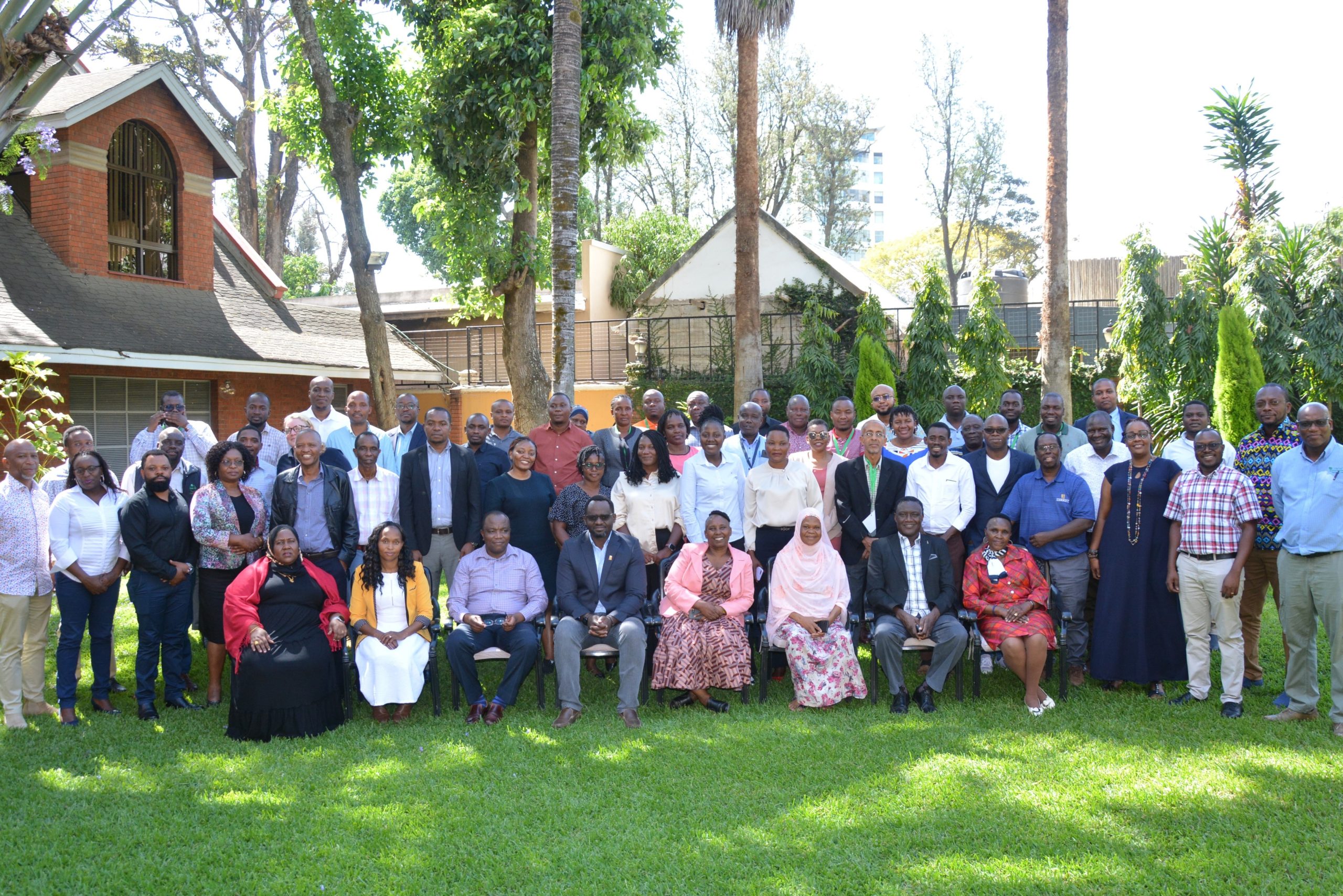
 Capacity development
Capacity development 